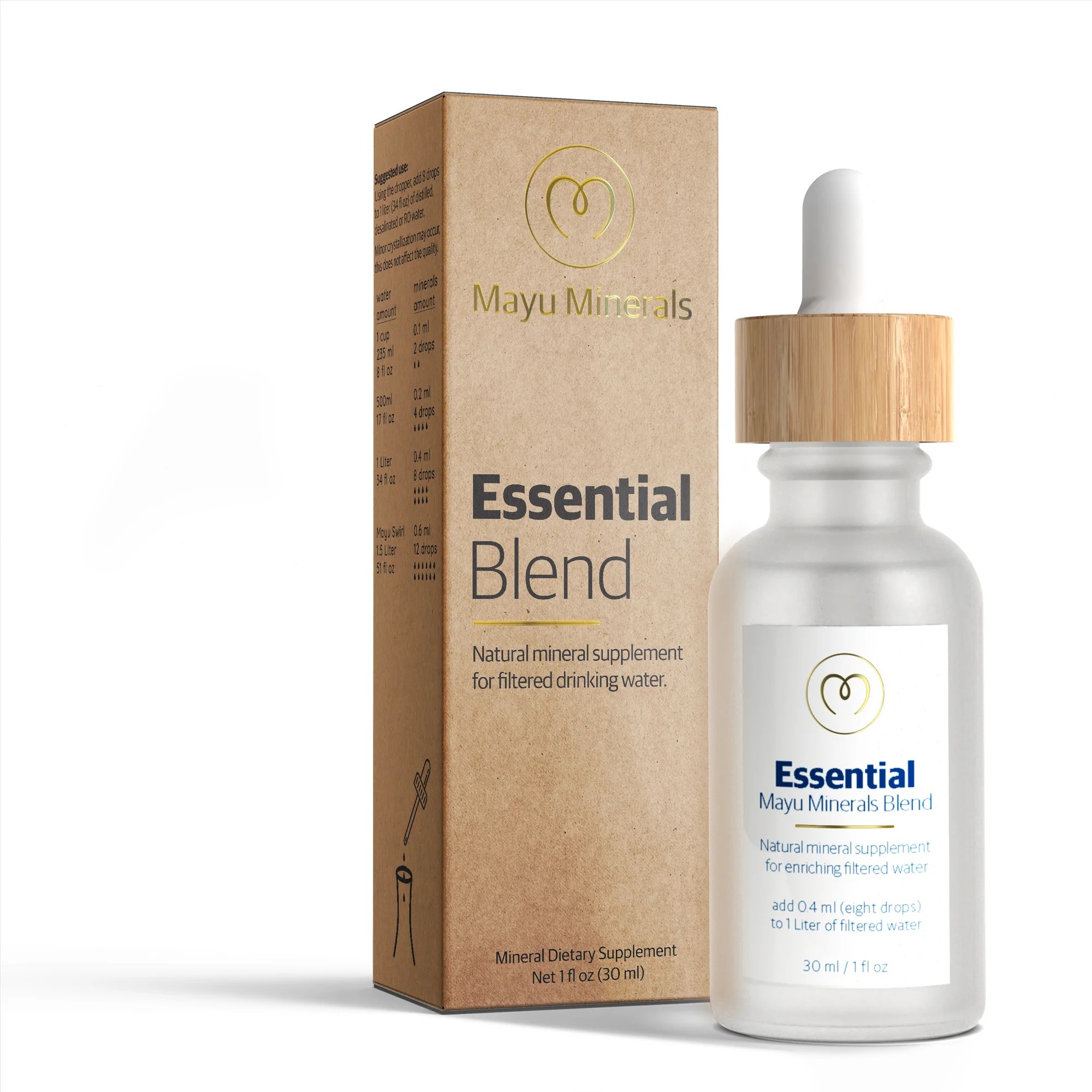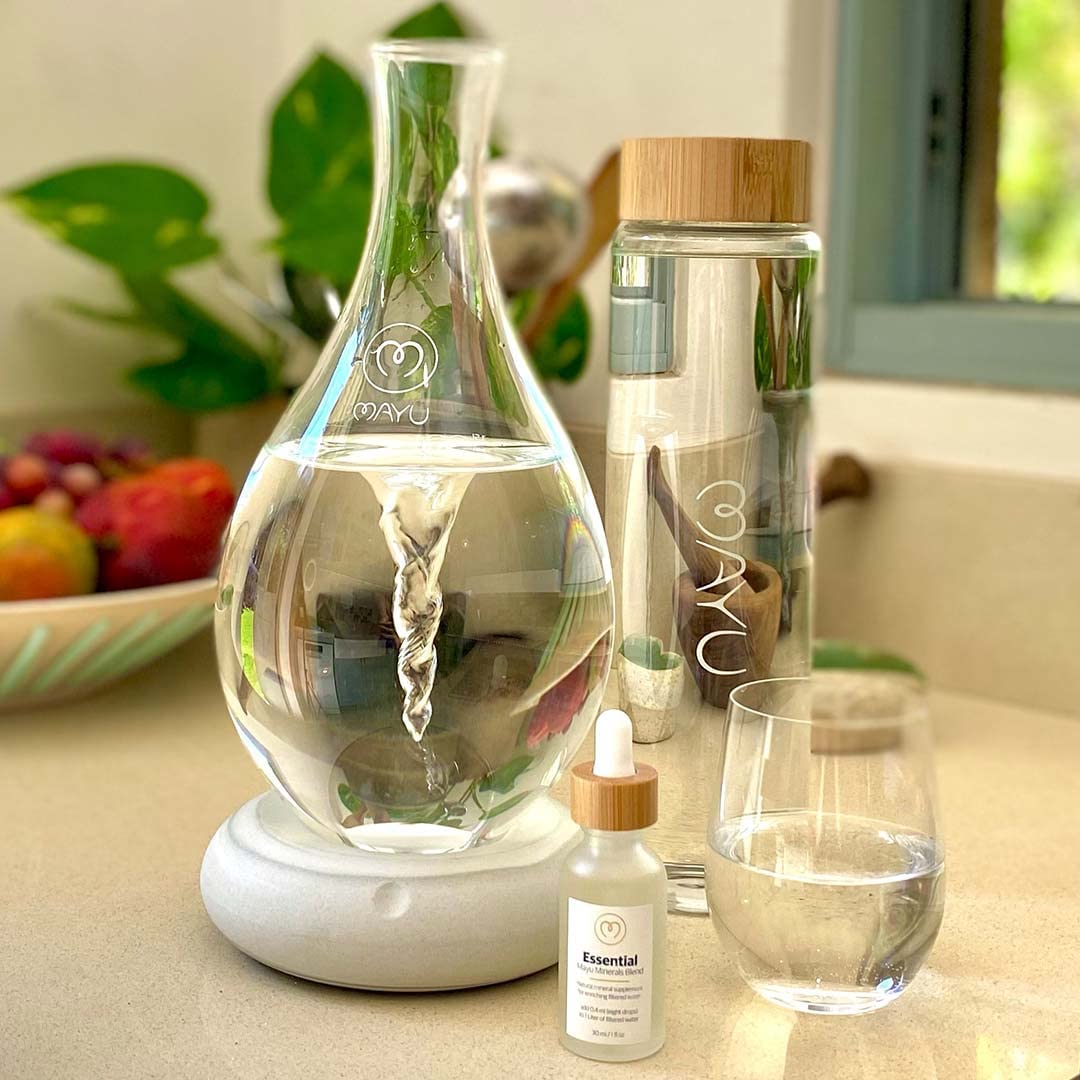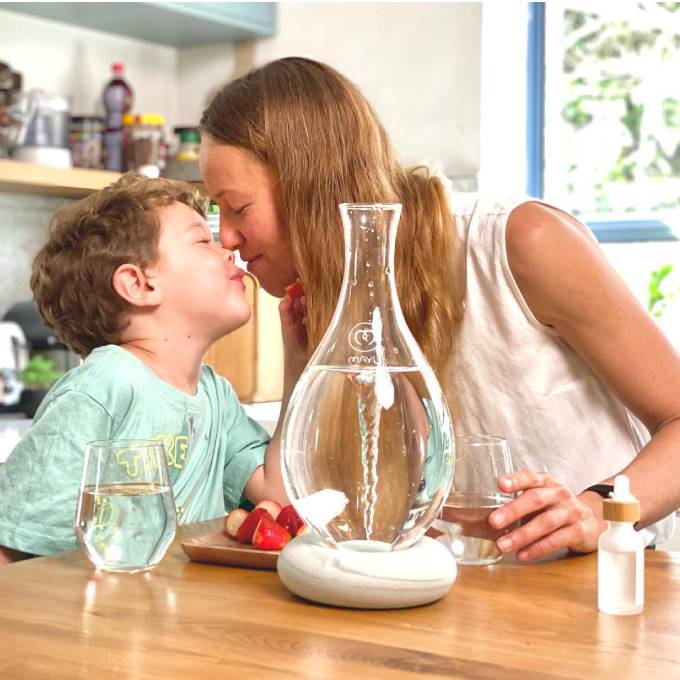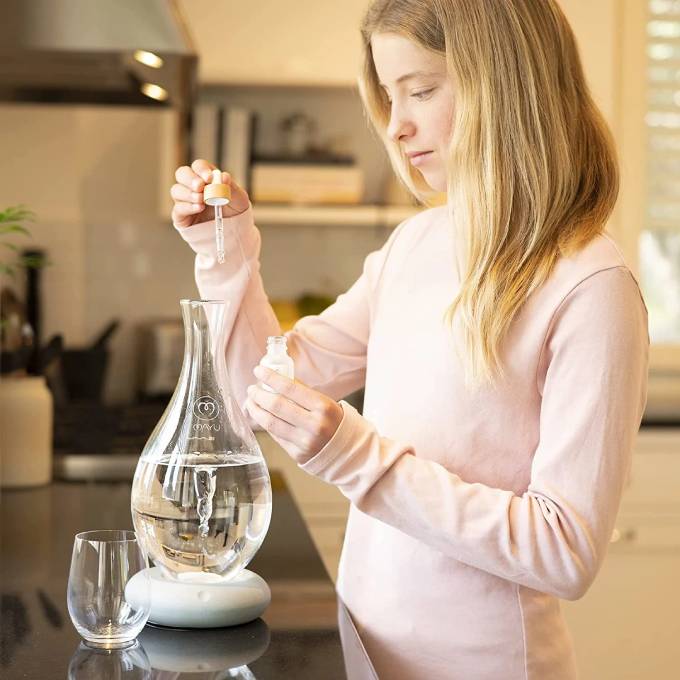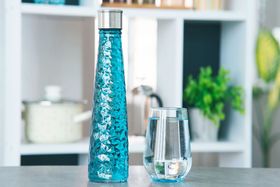The State of Water Quality in The US: Challenges & Opportunities
Published October 6, 2024.

You may not give much thought to the source of the water you use to brew your morning coffee or brush your teeth. However, it's a topic that affects not only your everyday life but also the US economy at large, from agriculture to textiles and even the automotive industry.
From sea to shining sea, the water quality varies significantly. The water quality in New York is so good that tap water is often referred to as the "champagne of tap water." But while New Yorkers are sipping on the best water in the country, for millions of Americans, the situation is far from satisfactory. For many, the question of "what is the water quality in my area?" is a growing concern. Inappropriately managed water and sanitation services expose individuals to preventable health risks, while poor water quality is linked to diseases like cholera, typhoid, dysentery, and more.
To protect our communities and ensure access to clean water, we need to understand the challenges of water management and take charge of issues that threaten water quality in the US.
What Are the Challenges?
Looking at the challenges of water quality in the US, one crucial factor cannot be ignored: the aging infrastructure. Maintaining water infrastructure is essential for delivering clean drinking water to Americans while safely carrying away and treating wastewater. Unfortunately, the nation faces a multitude of other problems, such as harmful metals, algae, and fertilizer contaminating its drinking water.
Toxic Metals
These substances have harmful effects on humans, particularly children. Because their bodies are still developing, children under six are more likely to absorb lead. Toxic metals such as lead and arsenic are potent health hazards. Lead, a powerful neurotoxin, can cause severe damage to the brain upon exposure, while long-term exposure to arsenic may lead to skin problems, nerve numbness and pain, and high blood pressure.
In 2015, the Flint crisis brought national attention to the water quality in Michigan after elevated lead levels were found in the tap water. Furthermore, some residents of Michigan who source their water from privately owned wells are advised to have their well water tested for arsenic as a preventative measure.
Regarding water quality in Texas, residents of San Antonio and Austin have the hardest water in the US, as the region is home to some of the hardest water in the nation. In contrast, the water quality in Houston measures low levels of arsenic in its drinking water, which, fortunately, falls below state and federal action levels.
The city of Toronto has its own set of health challenges, with elevated levels of lead resulting from leaching from pipes after treatment. Using a water filter in Toronto is an effective way to reduce the risks associated with lead exposure.
Lastly, the quality of water in Florida, particularly in the Tampa area, contains contaminants such as lead and arsenic.
Algae Growth
Warm weather creates the perfect environment for algae to thrive. Algal growth can lead to toxic concentrations of cyanotoxins, a group of chemical contaminants formed by blue-green algae. Microcystin, the most common type, is toxic to humans and animals alike. Water quality in Lake Erie, for example, is seriously impacted by excessive and harmful algal growth, especially during the summer months. Consuming water contaminated with microcystin can cause a host of health problems, including fever, headaches, and vomiting.
Fertilizers
Fertilizers are commonly used to increase crop yields, but many contain chemicals that can leach into nearby drinking water sources. For example, nitrogen fertilizer contaminates rivers and lakes and seeps into drinking water wells. This has a major impact on the water quality in Iowa, where high fecal bacteria levels and chemical fertilizer levels leach into drinking water sources.
How to Improve Water Quality?
While tap water can be purified through boiling and distillation, it's wiser to invest in a water filtration system that makes the purification process more efficient.
The water quality in Las Vegas is affected by hard water, which contains high levels of calcium and magnesium, posing daily challenges for homeowners. To improve water quality, it's advisable to invest in a reverse osmosis (RO) filtration system. This process effectively removes contaminants and harmful minerals, making the water softer and safer for consumption. However, RO filtration also strips away some essential minerals. So, it's advised to replenish these minerals after filtration to maintain a healthy and balanced intake.
Revitalize Your Water with Mauy
Adding Mayu Essential Mineral Drops to filtered water enriches it with essential minerals and nutrients. It's a quick and easy solution to remineralize RO water and is all-natural with no added preservatives, flavors, sugar, or sweeteners. It's non-GMO and gluten-free too. You can further enhance the taste and aeration of your water with the Mayu Swirl.




